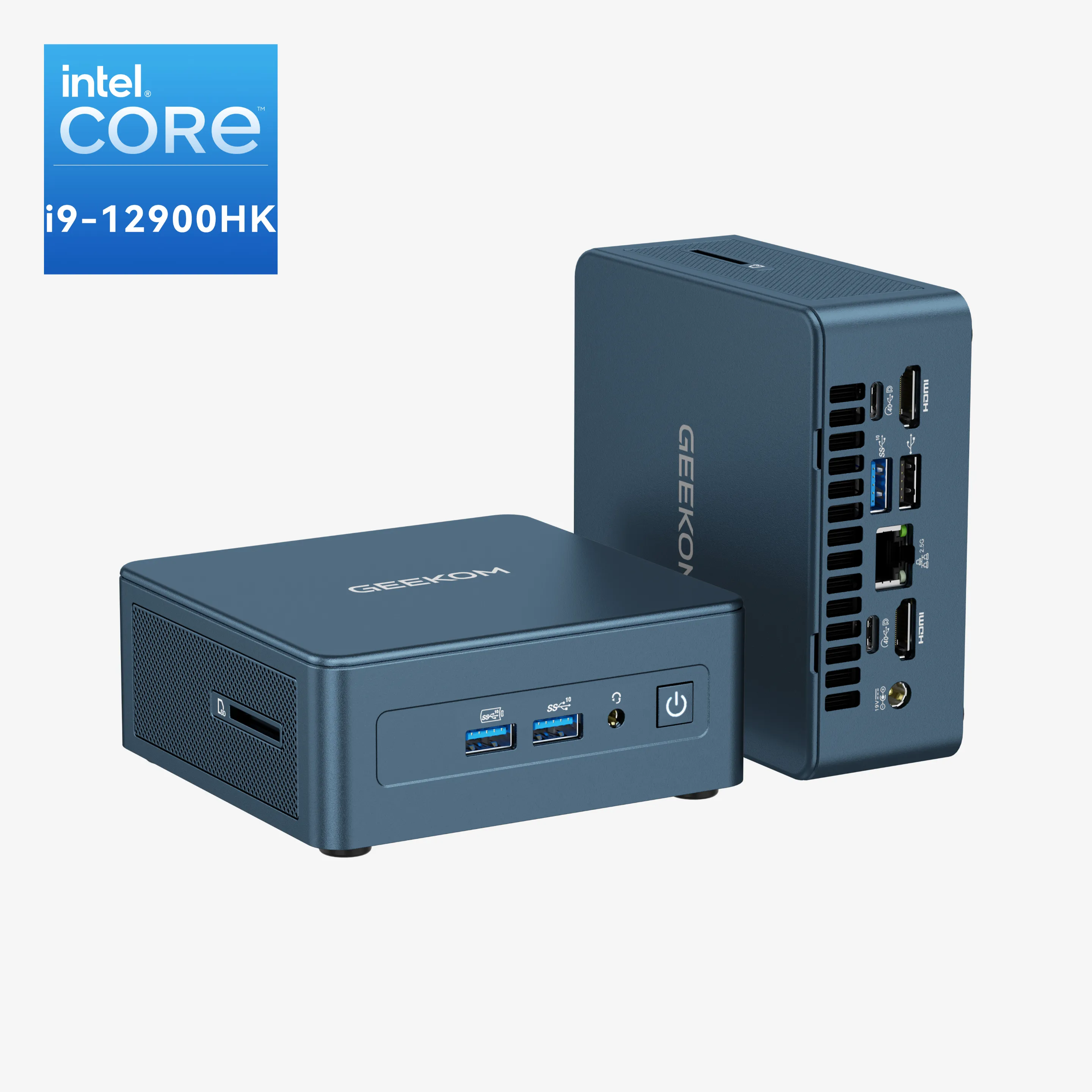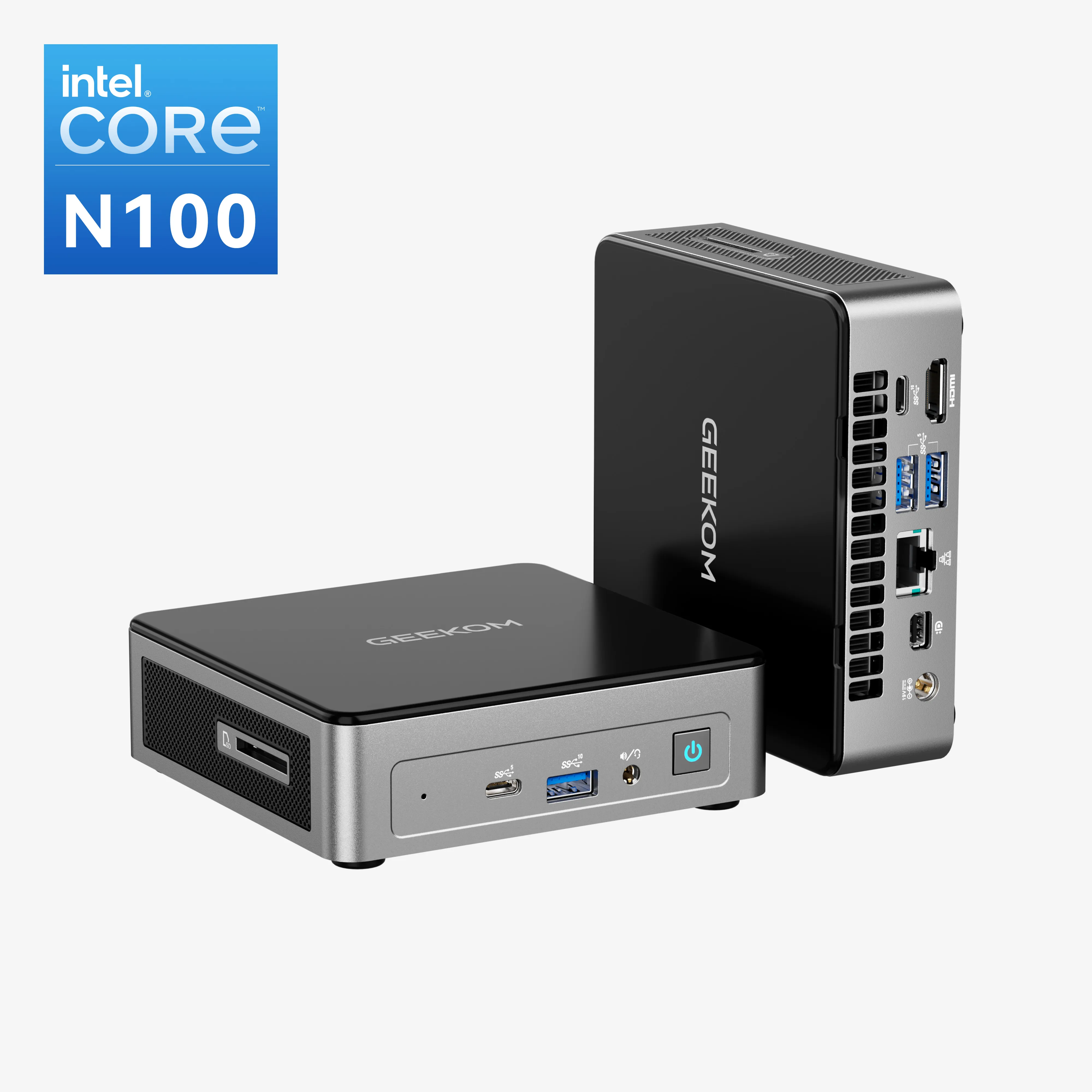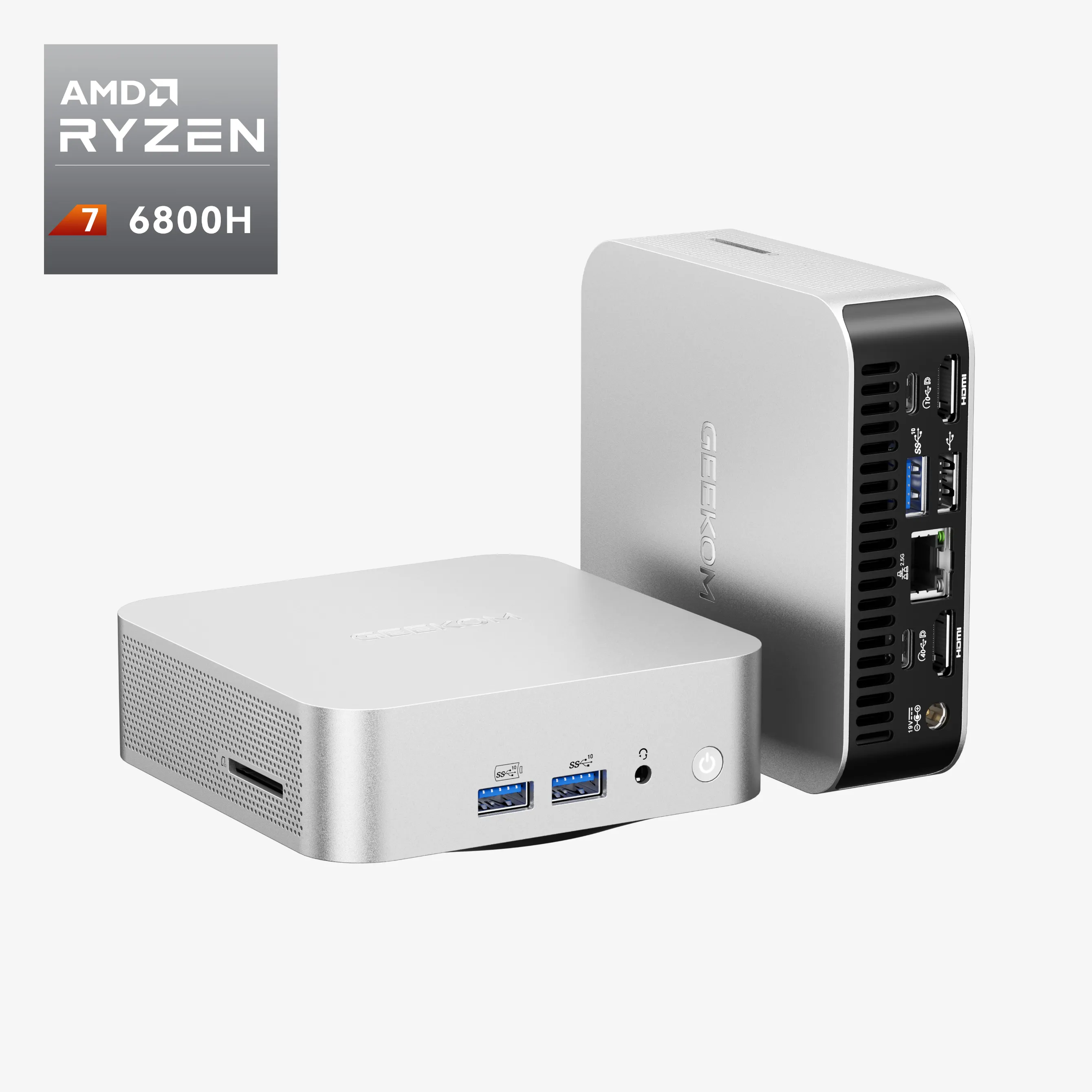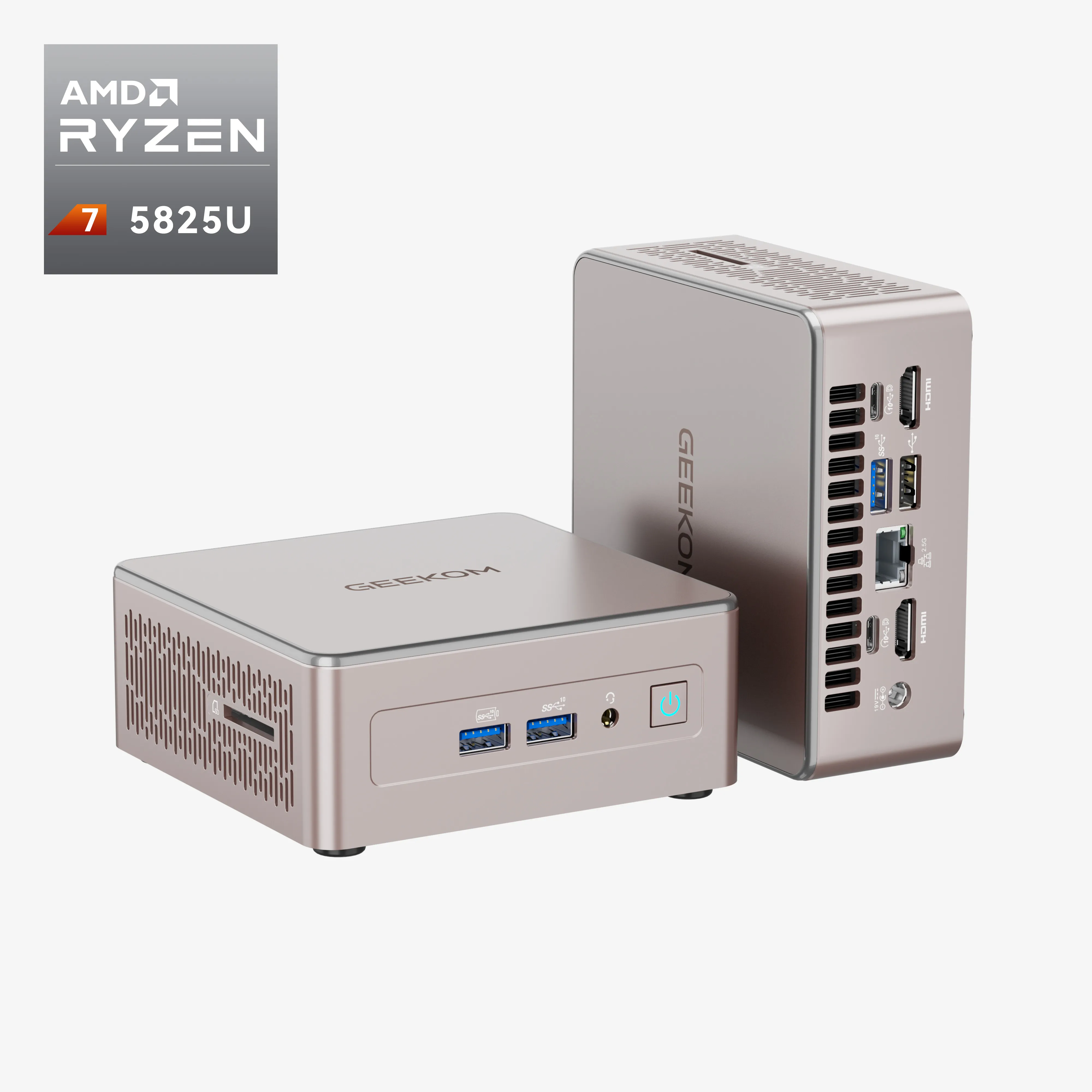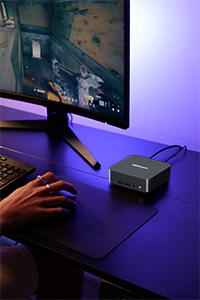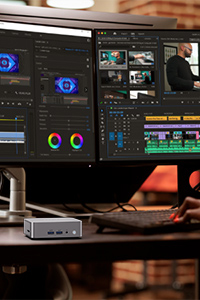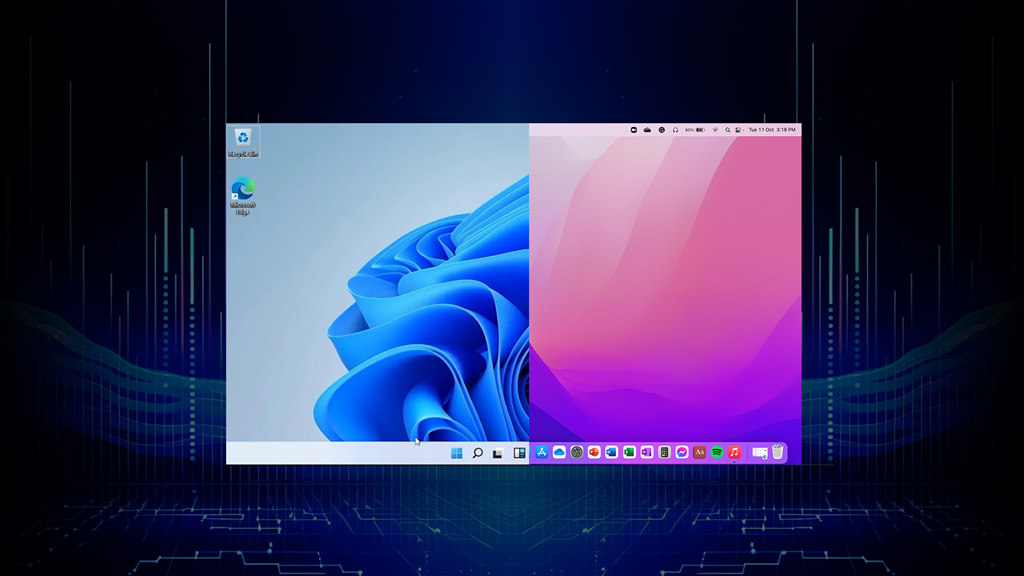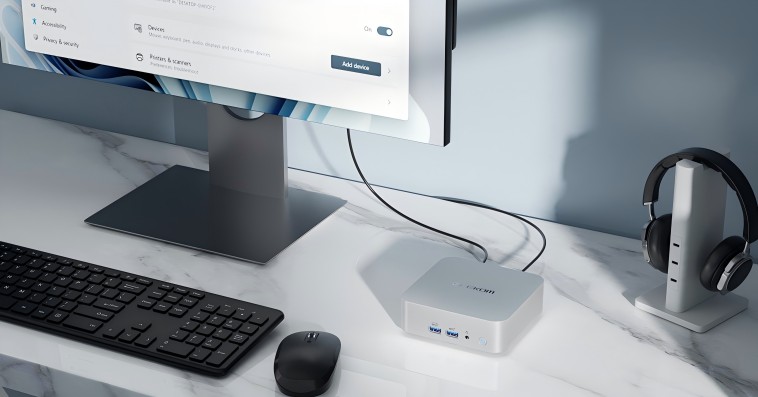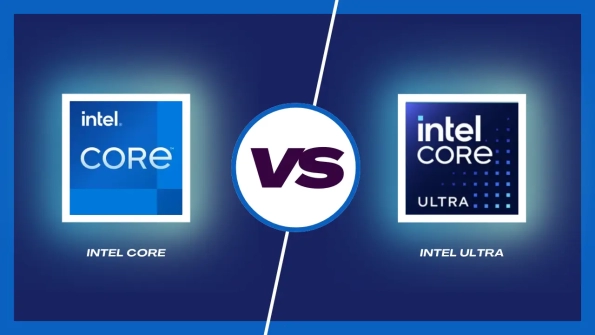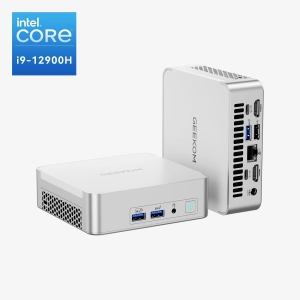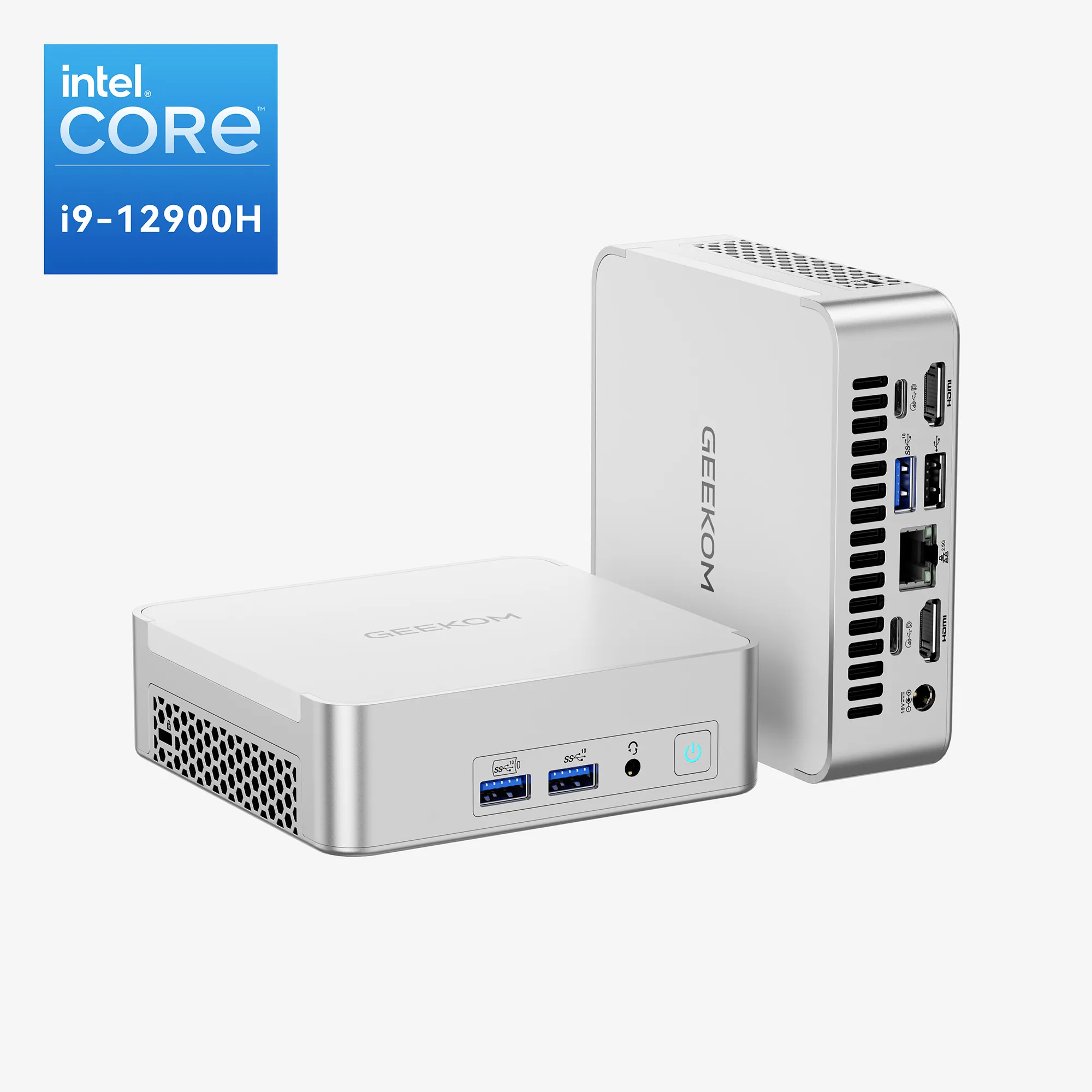Desktops OS Evolution and Current Status
The choice between MacOS and Windows represents more than just a technical decision – it’s about choosing an ecosystem that aligns with your digital lifestyle. Windows is the first and the last thing that comes into mind and its market share is around 73% only because of the versatility and the competitive hardware options. However, macOS is growing and catching up as well because its market share has already grown to 15%, which means it attracts some users as well, especially creative individuals, mainly those in the developer’s niche.
Usage share of operating systems from Wikipedia
The reign of Windows in the OS market is due to its great flexibility and great power. First of all, Microsoft’s OS supports hardware priced from $300 minimum, that is, laptops up to $3000 plus high-end workstations and even more. That’s why most businesses, learning institutions, or those who can’t afford that price range turn to Windows. The option of buying Windows 11 alone, without any PC attached, at the cost of $139, if it’s Home Edition, also offers users the option of making their PC or upgrading their old PC.
On the other hand, macOS sees the world in a completely different way. With macOS, Apple has ensured that only their machines would include their operating system, creating a very controlled experience. This limits the players who can build all the machines available – limited by performance only. That is the reason why Apple can milk the maximum performance out of its machines and achieve extreme consistency and upgradability throughout the range of products. Such an approach has been most successful in the business application of professionals who value system reliability and seamless integration over initial cost considerations.
The User Experience of MacOS vs Windows: Beyond the Surface
The interface battle between MacOS and Windows shows us just how different these two giants think about computing. Windows 11 is Microsoft’s most polished interface yet, cleverly mixing touch-friendly features with traditional desktop computing. When you first see Windows 11, you’ll notice the Start menu and taskbar sitting right in the centre of your screen, with smooth animations and a consistent design style that flows through the whole system.
Here’s how the two systems approach key interface elements:
| Experience Element | Windows 11 Approach | MacOS Approach |
|---|---|---|
| Navigation | Centered Start menu with customizable pins and recommendations | Dock-based app launching with Mission Control for window management |
| Multitasking | Snap Layouts and Snap Groups for intuitive window arrangement | Spaces and Mission Control for virtual desktop organization |
| Search | Integrated Windows Search with Copilot AI assistance | Spotlight Search with natural language processing |
| Notifications | Action Center combining notifications and quick settings | Notification Center with widgets and quick actions |
What really makes these systems different? Let’s talk about how they handle the stuff we do on computers nowadays. Windows 11 is like that overachiever who wants to be good at everything – touch screens, pen input, plus the good old mouse and keyboard setup. Cool idea, but sometimes it’s a mess – especially with older programs that look totally out of place.
Mac? They’re playing a whole different game. They’re all about making your trackpad swipes and keyboard shortcuts feel just right. Sure, everything in MacOS matches perfectly and works exactly how you’d expect… but if you’re into tweaking things around, you might end up frustrated because Mac says, “Nope, we know what’s best for you.”
The Impact on Daily Use
The way you work with your computer day to day comes down to how these different designs match your style. Mac folks, especially the creative crowd, love how their colours look spot-on and text shows up crystal clear in pretty much every app they use. The thing is, while Mac’s one-size-fits-all approach means you’ll pick up new apps pretty quickly, it also means you’re stuck with fewer ways to make things your own.
Windows gives you more room to play around with your workspace, and it’s a dream if you’re into using multiple screens. Pretty handy how Windows remembers exactly where you put all your windows, especially if you’re someone who’s always switching between desk and mobile setups.
Software Updates and System Maintenance
One significant contrast presents itself in the way various systems approach updates and maintenance. Unlike MacOS, users will have more fine-grained control over updating themselves through Windows 11. With this, they can defer updates, as well as specify the time the updating should start. However, this comes with more effort in maintaining the system, where clean-ups and optimizations of the disk should be undertaken regularly.
Conversely, MacOS, done automatically without the users’ knowledge, will take care of most maintenance tasks that would involve the operating system invisibly in the background. While the users reduce control over the whole process, this reduces the chances of any upgrade interruptions or even system deceleration.
Looking Forward: The Future of Desktop Computing
Both operating systems continue to develop in their way – Windows is now integrating AI within itself in the form of Copilot, while MacOS maintains its place in the Apple ecosystem more firmly. Windows 11’s provision of Android apps and Progressive Web Apps collaboratively suggests that Microsoft strives to cover all devices with its offerings in the future. At the same time, the shift from MacOS to Apple Silicon indicates that Apple is more concerned with the performance and power-saving properties of the hardware and software interaction.
For users making a choice today, the decision often comes down to priorities:
Choose Windows if you value:
- Hardware flexibility and cost options
- Gaming capabilities
- Backward compatibility with legacy software
- Maximum software availability
Consider MacOS if you prioritize:
- Out-of-box reliability
- Creative and development workflows
- Integration with iPhone and iPad
- Simplified system maintenance
Knowing the differences, need to choose to improve your computing habits and to work better in a computing environment that does not suit you. While both systems perform the same functions for the most part, their ways of managing most productivity are quite different.
Software Ecosystem and Development Environment Comparison
Software Compatibility Landscape
For quite a long time, the limelight of a battle between MacOS and Windows has busied and netted the attention of the software world. Windows could look further historical gaming industry and, due to that, picked up fervent debates from passionate users and developers everywhere else. Today’s landscape is shaped more by specific use cases than overall application counts.
Core Software Ecosystem Comparison
| Category | Windows | MacOS | Key Consideration |
|---|---|---|---|
| Creative Work | Adobe Suite, Affinity Suite | Adobe Suite, Final Cut Pro, Logic Pro | MacOS offers better optimization for creative apps |
| Gaming | Full AAA library, Game Pass, Steam | Limited AAA titles, Apple Arcade | Windows is the clear choice for serious gamers |
| Business | Full enterprise suite support | Growing business app support | Windows leads in enterprise software |
| Development | Visual Studio, WSL2, Docker | Xcode, Terminal, Unix tools | Both capable, but different strengths |
| Professional Tools | Industry-specific software | Limited specialized software | Windows has broader professional software support |
While it so happens that there are platforms, such as Slack, Zoom, and Microsoft Office 365, that should become common for the majority of users, there are still some optimizations that have been developed primarily for platforms, which therefore lead to differences in performance and user experience:
MacOS vs Windows Performance Characteristics
| Aspect | Windows Performance | MacOS Performance |
|---|---|---|
| Memory Management | Better for multiple apps | More efficient for optimized apps |
| Battery Life | Varies by hardware | Superior on Apple Silicon |
| App Launch Speed | Fast on SSD | Extremely fast on Apple Silicon |
| Updates | Can be disruptive | Generally seamless |
Development Environment
Modern technology has entered into an era where it can well support most development workflows regardless of the platform. Each of them has its innate strengths, attracting the corresponding development style.
MacOS vs Windows Development Environment Overview
| Feature | Windows Environment | MacOS Environment |
|---|---|---|
| Native Tools | Visual Studio, WSL2 | Terminal, Unix Tools, Xcode |
| Package Management | Winget, Chocolatey | Homebrew, MacPorts |
| Mobile Development | Android native, iOS limited | Full iOS/Android support |
| Cloud Development | Superior Azure integration | Better Unix tool integration |
| Web Development | Full stack capability | Preferred for many web devs |
The real distinction comes in specific development scenarios:
Windows shines in:
- Enterprise application development
- .NET ecosystem
- Game development
- Windows-specific applications
MacOS excels in:
- iOS/macOS development
- Unix-based workflows
- Web development
- Cross-platform applications
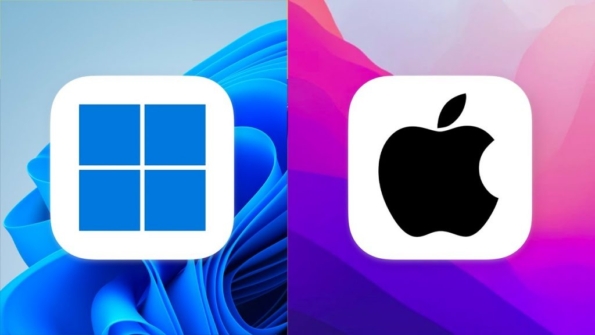
IDE and Tool Support
Most modern development tools work equally well on both platforms, but some key differences remain:
| Tool Type | Windows | MacOS |
|---|---|---|
| Code Editors | VS Code, Sublime, Atom | VS Code, Sublime, Atom |
| Full IDEs | Visual Studio, JetBrains | Xcode, JetBrains |
| Terminal | PowerShell, WSL2 | Unix Terminal |
| Containers | Docker + WSL2 | Docker native |
The choice between Windows and MacOS for development often comes down to the following:
- Your target platform
- Required development tools
- Team ecosystem
- Hardware preferences
With time, both platforms have become more efficient in supporting present-day development, and thus, choosing between them would be suitable in most situations. What matters is how to use the strengths of the platform to meet your development and working style requirements.
When it comes to most developers, it is not the breadth of the platform that one should be concerned with but the depth. Think about your main targets when it comes to development, the strength of the team, and the tools you are likely to be comfortable or even happy dealing with on the rolling-out day.
AI Assistants: Copilot vs Siri – Transforming User Experience
The Rise of AI Integration
The engagement of AI associates within communicative media commands represents a consequential modification in the approach to human-machine relationships. Windows Copilot and Apple’s Siri are strikingly different AI assistance strategies – each mirroring the interaction design philosophy of its respective parent corporation.
Core Capabilities Comparison
| Feature | Windows Copilot | Limited to the Apple ecosystem |
|---|---|---|
| System Control | Deep OS integration | Basic system controls |
| Language Processing | Advanced contextual understanding | Good for specific commands |
| Visual Tasks | Image analysis and editing | Limited visual interaction |
| Coding Support | GitHub Copilot integration | No native coding support |
| Third-party Integration | Growing app ecosystem | Limited to Apple ecosystem |
| Offline Functionality | Limited offline features | Basic offline commands |
Windows Copilot: The New Frontier
Windows Copilot marks an ambitious approach to AI-driven computing by Microsoft. This service, which became available with Windows 11, extends far beyond the usual virtual assistant capabilities, provides contextual help, and supports every feature of the system.
Key Strengths:
- Seamless integration with Windows settings and features
- Advanced document and image analysis capabilities
- Powerful coding assistance through GitHub Copilot
- Natural language processing for complex tasks
For example, Copilot can help users:
- Summarize lengthy documents
- Generate and edit images
- Troubleshoot system issues
- Provide coding suggestions in real-time
Performance in Daily Tasks
| Task Type | Copilot Capability | User Benefit |
|---|---|---|
| System Settings | Direct control | Faster configuration |
| Content Creation | AI-powered suggestions | Enhanced productivity |
| Problem Solving | Contextual solutions | Reduced troubleshooting time |
| Development | Code suggestions | Accelerated coding |
| Document Analysis | Smart summarization | Better information processing |
Siri on MacOS: Integration and Consistency
On the contrary, while Copilot appears to be more ambitious than Siri on MacOS, the latter, in fact, is much better at having a universal presence throughout Apple’s ecosystem. The emphasis, in the latter’s case, is on simple app usability rather than anything else, except perhaps cutting-edge innovation.
Core Strengths:
- Unified experience across Apple devices
- Reliable basic command execution
- Strong privacy focus
- Smooth integration with Apple apps
Daily Usage Comparison
| Function | Siri Implementation | User Experience |
|---|---|---|
| Device Control | Basic system commands | Simple and reliable |
| Calendar/Reminders | Deep integration | Effortless scheduling |
| File Management | Limited but accurate | Basic file operations |
| Email/Messages | Apple ecosystem focuses | Smooth communication |
| Cross-device | Handoff supports | Seamless transitions |
The Impact on Productivity
The real-world impact of these AI assistants depends heavily on user workflow and ecosystem investment. Here’s how they affect different user groups:
Professional Users
| User Type | Copilot Advantage | Siri Advantage |
|---|---|---|
| Developers | Code assistance, documentation help | Quick terminal commands |
| Content Creators | AI image editing, content suggestions | Streamlined file management |
| Business Users | Document analysis, presentation help | Calendar and communication |
| Students | Research assistance, writing help | Note-taking integration |
Privacy and Data Handling
A crucial difference between these assistants lies in their approach to data handling:
| Aspect | Windows Copilot | Siri |
|---|---|---|
| Data Processing | Cloud-based, some local | Primarily local |
| Privacy Controls | Customizable settings | Strict privacy focus |
| Data Collection | More extensive | Limited collection |
| Offline Use | Limited functionality | Basic functions available |
Looking Forward
As the functionality of AI continues to develop and improve, the willingness of Microsoft to expand copilot anticipates a future where it becomes a core component of an operating system. On the other hand, Apple is conservative in its approach towards Siri, hoping that advancements can be made without infringing on the user’s privacy.
Key considerations when choosing between systems:
| Factor | Windows with Copilot | MacOS with Siri |
|---|---|---|
| Innovation | Rapid feature updates | Stable, tested features |
| Ecosystem | Microsoft 365 integration | Apple ecosystem |
| Privacy | Customizable | Privacy-first |
| Learning Curve | Steeper but rewarding | Gentle learning curve |
| Future Potential | Rapid AI advancement | Measured evolution |
The choice between these AI assistants should align with your:
- Preferred ecosystem
- Privacy requirements
- Need for cutting-edge AI features
- Existing workflow and tools
Both companies continue to improve their AI-supported activities. However, they are different in their approach to these innovations. Although Windows Copilot seeks to explore what is practically feasible with AI, Siri focuses on ensuring unimpeded and secure user interaction in the Apple rounded product line.
Practical Considerations
In the debate between MacOS and Windows, users often make pricing issues the centre of the discussion. The good side of Windows is that it has a broad range of devices, from $300 netbooks to more than $3000 workstations. Contrarily, people who prefer MacOS have to bear a high initial cost for the pricey Mac systems, which, due to better system optimization and hardware longevity, enables the use of the computer for a considerable amount of time.
Hardware Ecosystem Dynamics
- Windows offers broader hardware choices and upgrade flexibility
- MacOS achieves peak performance through controlled hardware integration
Certainly, adopting a new system entails understanding the learning curve, while ease of use enhances the adoption of any system. Windows maintains its user base by being very common and numerous customization features, which, however, means it suffers from this problem. Unlike Windows, the Mac operating system can be difficult to use for those who are used to Windows as it offers more unity across devices and lesser maintenance responsibilities on the part of the user due to automated system care.
Conclusion
When it comes to MacOS vs Windows, selection generally hinges on one’s preference rather than supremacy. Owing to its benchmark flexibility and ease of use, Windows captures the market share. Thus, the prospects of engaging in-game and professional activities remain vivid. and that’s why all Geekom mini-computers are pre-installed with the latest Windows 11 pro operating system. On the one hand, MacOS establishes a radical approach within the market for those creative professionals and programmers who seek to get rid of Windows. And it is all in the context of how they view themselves as users.
For professionals making the choice today:
- Developers benefit from macOS’s Unix-based workflow and iOS development capabilities
- Creative professionals find value in macOS’s optimized creative suite performance
- Business users might prefer Windows for its broader enterprise software compatibility
- Students can leverage Windows’ affordability while maintaining access to all necessary tools
Ahead in time both development patterns unexpectedly go separate ways, where Windows integrates AI features in the form of Copilot and Mac enhances the advantages of its environment through the optimization of its hardware with Apple Silicon. Consequently, this still ongoing development is to the advantage of all users regardless of whether it is Windows or Mac.




